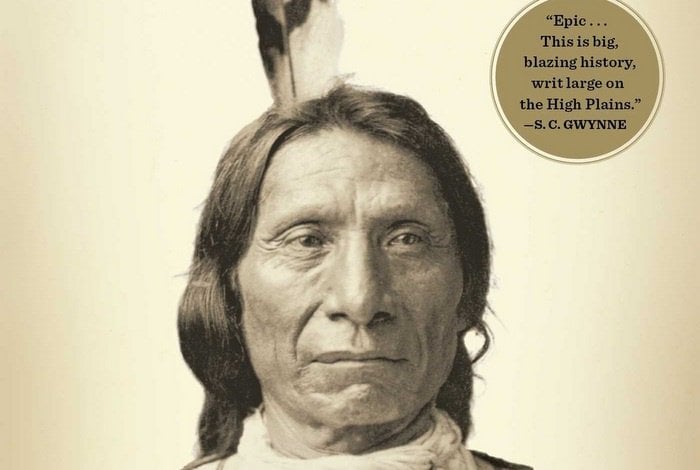Books: Powwow with Chief Red Cloud

PHUKET: The histories of wars are told by the victors.
We have Caesar’s Gallic Wars, nothing by Vercingetorix. Entire libraries are devoted to the white man’s wars against the American Indians, whose leaders remain largely mute.
The exception is Red Cloud, the war chief of the Sioux. His war in 1866-1867 resulted in victory, withdrawal of the United States Army and the burning of three forts along the Bozeman Trail through Wyoming to Montana. He left behind an autobiography, dictated to a friend in 1893, which was only recovered and published a century later.
This is the core source for The Heart of Everything That Is (Simon & Schuster, New York, 2013, 414pp), subtitled “The Untold Story of Red Cloud, an American Legend”. The authors are a war historian team, Bob Drury and Tom Clavin, who provide 17 pages of scholarly notes and an eight page bibliography – though, as they maintain, ‘we are primarily interested in telling a good yarn’.
They have succeeded splendidly. They first provide a detailed historical-cultural background to Red Cloud’s successful campaign against white encroachment on his land and traditional way of life: happily feasting on game and massacring enemies.
The Sioux originated in the Carolinas or the Gulf of Mexico and made their way up the Mississippi to the Missouri. Armed with muskets and mounted on horseback, the western branch moved across the High Plains to the foothills of the Rocky Mountains, displacing the tribes that got in their way, the Crows and the Shoshone, and allying themselves with the Cheyenne and the Arapaho.
Red Cloud was born in 1821 and grew to early fame as a warrior and buffalo hunter. He maintained his band in the lush hunting country of the Powder River valley, far away from the diseases and whiskey of the whites. It was only when the whites came to him along the Bozeman Trail, to the gold fields of Montana, that he gathered together a war party of 3,000 – uniting even warring tribes like Tecumseh did a half century earlier – and struck back.
He was outnumbered and outgunned. Behind their forts, the US Army had Colt revolvers and Spencer repeating rifles.
Aside from a few muskets, the Indians were armed with lances, war-clubs and bows and arrows. So Red Cloud avoided direct battle. Instead, he imposed guerilla tactics and a strategic vision, put into action by the martial discipline of tribal warrior societies, the Strong Hearts of the Sioux and the Dog Soldiers of the Cheyenne.
He was aided by the stupidity of the blundering whites. His raiding parties picked off stray soldiers, stole horses and pillaged supply trains.
When punitive columns set off in pursuit, they found nobody. When Red Cloud was ready, he pounced, ambushing and overwhelming his enemies and leaving behind their naked and horribly mutilated bodies.
The authors are very good at battle scenes: “Two thousand warriors rose as one. A trembling war cry borne by the wind echoed through the hills, a curdling primal scream… The Indians rolled toward the soldiers like a prairie fire. From the left, Cheyenne horsemen charged from clusters of dogwoods and cottonwoods. From the cutbank on the right, Lakota and Arapaho on foot scrambled from the tall grass. Arrows blackened the sky, killing and wounding both friend and foe. Fetterman’s commands could barely be heard amid the shrieks and shrill whistles.”
Thus 80 troopers of Civil War hero Captain William Fetterman met their doom. They had been led into ambush by a few taunting Sioux warriors, including a young Crazy Horse who mooned them in
contempt.
A decade later, the same tactic led to the Custer massacre at Little Big Horn. By then, Red Cloud was out of the fight, settled down in a reservation, living in a house and sending his children to school. He had met President Ulysses S. Grant and toured the teeming cities of the East, and knew the game was up. The buffalo were gone and the whites were there to stay.
“The white man made me a lot of promises, and they only kept one.” Red Cloud would say. “They promised to take my land, and they took it.”
— James Eckardt
Latest Thailand News
Follow The Thaiger on Google News:


























